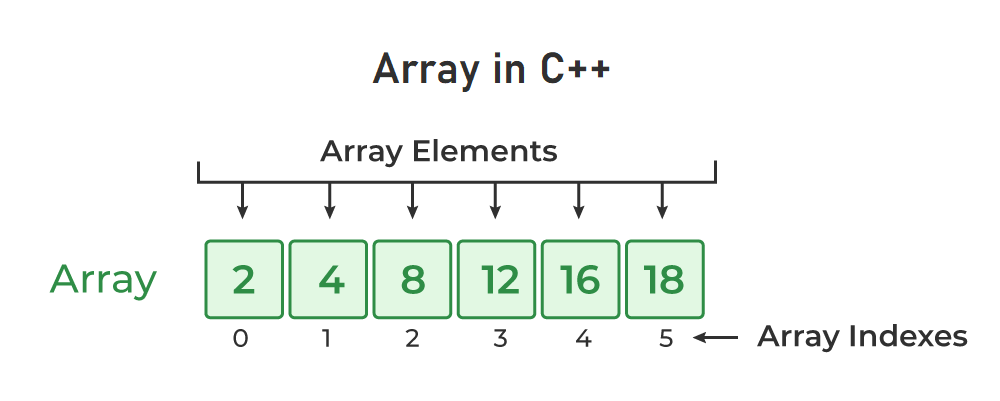【数据结构实战】
发布时间: 2024-09-12 09:42:16 阅读量: 60 订阅数: 69 


# 1. 数据结构的概念和重要性
数据结构是计算机存储、组织数据的方式,它旨在更高效地访问和修改数据。良好的数据结构设计对于软件开发至关重要,它能够提升程序的运行效率和维护性。
## 1.1 数据结构定义
数据结构是计算机科学中,关于数据对象以及在这些对象之间可能存在的关系的数学理论,也包括在计算机中实现这些关系的方法。
## 1.2 数据结构的重要性
选择合适的数据结构可以优化算法性能,比如提高数据存取速度,减少内存消耗,为解决复杂问题提供有效的框架。
## 1.3 数据结构与算法的关系
数据结构是算法的基础。算法往往基于特定的数据结构来设计,而优秀的数据结构可以极大地简化算法的复杂度,提高执行效率。
通过下一章节,我们将深入探讨线性结构,理解数组、链表、栈和队列等基本概念,并通过实践加深对这些概念的理解。
# 2. 线性结构的深入剖析
### 2.1 线性结构的理论基础
线性结构是一种基本且重要的数据组织方式,它包括了数组、链表、栈和队列等数据结构。线性结构的特点是数据元素之间存在一对一的逻辑关系,这使得数据的访问和操作更加直观和简单。
#### 2.1.1 数组和链表的基本概念
数组和链表是两种常见的线性结构,它们在实现和应用方面各有特点。
**数组(Array)**
数组是一种使用固定大小的连续内存存储相同类型元素的结构。数组的访问速度快,可以在常数时间复杂度内访问任何一个元素,但其大小在初始化后不可变,且插入和删除操作需要移动大量元素,因此效率较低。
```c
int arr[10]; // 定义一个大小为10的整型数组
```
**链表(LinkedList)**
链表由一系列节点组成,每个节点包含数据和指向下一个节点的指针。链表的大小动态可变,插入和删除操作仅需修改指针,无需移动元素,因此效率较高。但链表访问元素时需要从头节点开始遍历,所以访问速度较慢。
```c
struct Node {
int data;
struct Node* next;
};
struct Node* head = NULL; // 初始化链表头节点
```
#### 2.1.2 栈和队列的原理及应用
栈(Stack)和队列(Queue)是特殊的线性结构,它们的操作受限于特定的规则。
**栈(Stack)**
栈是一种后进先出(LIFO)的数据结构,只允许在一端进行插入和删除操作。栈的典型应用包括括号匹配、递归算法的调用栈以及浏览器的后退功能等。
```c
#include <stdio.h>
#include <stdlib.h>
int stack[100]; // 假设栈大小为100
int top = -1; // 栈顶指针初始化为-1
void push(int x) {
if(top == 99) return; // 栈满
top++;
stack[top] = x;
}
int pop() {
if(top == -1) return -1; // 栈空
int x = stack[top];
top--;
return x;
}
```
**队列(Queue)**
队列是一种先进先出(FIFO)的数据结构,只允许在一端插入元素,在另一端删除元素。队列的典型应用包括任务调度、消息队列以及打印队列等。
```c
#include <stdio.h>
#include <stdlib.h>
int queue[100]; // 假设队列大小为100
int front = 0; // 队头指针
int rear = 0; // 队尾指针
void enqueue(int x) {
if((rear + 1) % 100 == front) return; // 队满
rear = (rear + 1) % 100;
queue[rear] = x;
}
int dequeue() {
if(front == rear) return -1; // 队空
front = (front + 1) % 100;
return queue[front];
}
```
### 2.2 线性结构的实践技巧
#### 2.2.1 动态数组的实现和应用
在实际应用中,动态数组是一种非常有用的线性结构。与普通数组相比,动态数组能够在运行时调整大小,以适应元素的增减。
**动态数组实现**
```c
#define INITIAL_CAPACITY 4
int* dynamicArray = malloc(INITIAL_CAPACITY * sizeof(int));
int capacity = INITIAL_CAPACITY;
int size = 0;
void resizeArray() {
capacity *= 2;
int* newArray = realloc(dynamicArray, capacity * sizeof(int));
if(newArray) {
dynamicArray = newArray;
}
}
```
#### 2.2.2 单链表和双链表的高级操作
单链表是一种基本的链表结构,每个节点包含数据和指向下一个节点的指针。而双链表则是每个节点包含数据、指向下一个节点的指针和指向前一个节点的指针,这使得双向遍历成为可能。
```c
typedef struct Node {
int data;
struct Node* prev;
struct Node* next;
} Node;
Node* createNode(int data) {
Node* newNode = malloc(sizeof(Node));
if(newNode) {
newNode->data = data;
newNode->prev = NULL;
newNode->next = NULL;
}
return newNode;
}
// 双链表插入节点示例
void insert(Node** head, int data, int position) {
Node* newNode = createNode(data);
if(position == 0) {
newNode->next = *head;
if(*head) (*head)->prev = newNode;
*head = newNode;
} else {
Node* current = *head;
for(int i = 0; i < position - 1 && current != NULL; ++i) {
current = current->next;
}
if(current == NULL) return;
newNode->next = current->next;
newNode->prev = current;
if(current->next) current->next->prev = newNode;
current->next = newNode;
}
}
```
#### 2.2.3 栈和队列在算法中的运用案例
栈和队列在算法中有着广泛的应用,例如在深度优先搜索(DFS)算法中,栈用于存储待访问的节点,而在广度优先搜索(BFS)算法中,队列则用于存储待访问节点的邻居。
**栈在DFS中的运用**
```c
void DFS(Node* node) {
if(!node) return;
stack<Node*> stack;
stack.push(node);
while(!stack.empty()) {
Node* current = stack.pop();
// 处理当前节点逻辑
// ...
for(Node* neighbor : current->neighbors) {
stack.push(neighbor);
}
}
}
```
0
0





